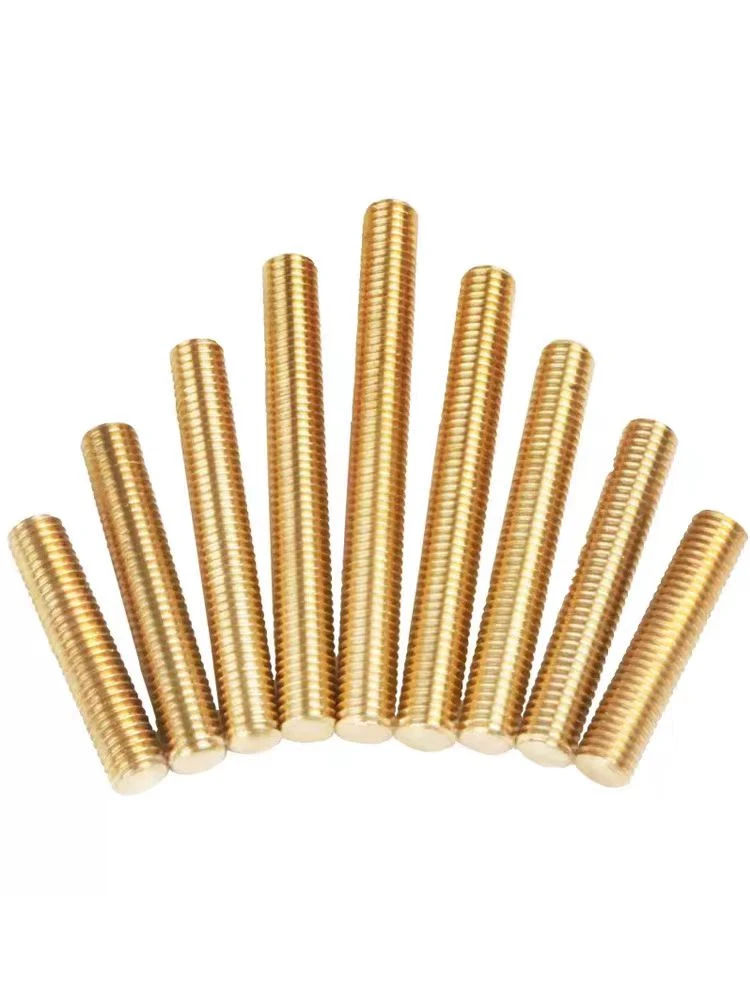

Alternatives to Washer and Spring Washer for Securing Fasteners Effectively
Ott . 21, 2024 20:34 Back to list
Alternatives to Washer and Spring Washer for Securing Fasteners Effectively
Washers and Spring Washers Essential Components in Engineering and Construction
In the realm of engineering and construction, ensuring the reliability and longevity of mechanical assemblies is paramount. Among the various components that aid in achieving these goals, washers and spring washers hold significant importance. These seemingly simple devices play crucial roles in various applications across industries, contributing to the overall effectiveness and safety of mechanical systems.
What Are Washers?
Washers are thin plates, typically disc-shaped, that are placed between the fastening component (such as a nut or screw) and the surface it is being fastened to. Their primary function is to distribute the load of the fastener over a larger area, thereby reducing stress on the material being fastened. This prevents damage to the surface underneath and also helps maintain the integrity of the connection by minimizing the risk of loosening that can occur due to vibrations or thermal expansion.
Washers come in various types, including flat washers, lock washers, and sealing washers. Flat washers provide a smooth surface for the fastener, enhancing load distribution. Lock washers, on the other hand, feature a design that helps prevent loosening, making them ideal for high-vibration applications. Sealing washers are often used in plumbing and automotive applications to create a watertight or airtight seal, protecting against leaks and environmental factors.
The Role of Spring Washers
Spring washers, a subtype of washers, offer additional functionalities due to their unique design. Typically made from elastic materials, spring washers are designed to provide a spring-like action that helps maintain tension in a bolted connection. This characteristic is particularly valuable in situations where conventional fasteners may succumb to the effects of vibration, thermal fluctuation, or settling over time.
The most common type of spring washer is the helical spring washer, which is designed to absorb shock loads and maintain clamping force on the fastened assembly. Another variant, the belleville washer, has a conical shape that allows for a significant amount of deflection under load while also being able to maintain a considerable amount of force. Such properties render spring washers indispensable in applications ranging from automotive assemblies to aerospace engineering.
washer and spring washer

Applications Across Industries
Washers and spring washers are utilized in myriad applications across different industries. In the automotive sector, for instance, they are critical in securing components such as engines, transmissions, and suspension systems. The vibration and movement inherent in vehicle operation necessitate reliable fastening solutions; washers and spring washers provide the necessary performance and durability.
In construction, these components help join structural elements, ensuring stability and safety in buildings, bridges, and other infrastructures. Their use in heavy machinery is equally as vital, ensuring that operational components remain secure under varying loads and conditions.
Choosing the Right Washer
Selecting the appropriate washer or spring washer for a specific application involves considering various factors, including material, load capacity, environmental conditions, and design specifications. Common materials include steel, stainless steel, and various plastics, each offering distinct advantages depending on the application. For example, stainless steel is renowned for its corrosion resistance, making it ideal for marine and outdoor environments.
Furthermore, understanding the mechanical requirements, such as the amount of vibration and thermal movement anticipated, will guide engineers and technicians in choosing the right type of washer. Failure to select the appropriate washer can lead to premature wear, equipment failure, or even catastrophic accidents.
Conclusion
In summary, washers and spring washers may be small in size, but their impact in engineering and construction is substantial. They facilitate the reliability and safety of critical assemblies across various industries. As technology continues to evolve, the designs and materials of these components will also advance, ensuring they meet the increasingly demanding requirements of modern engineering applications. By understanding their functionalities and applications, engineers can make informed decisions that enhance the performance and durability of their mechanical systems.
Latest news
-
Premium Self Tapping Metal Screws: Strong & Easy Install
NewsAug.02,2025
-
Premium Fasteners Manufacturer | AI-Driven Solutions
NewsAug.01,2025
-
Hot Dip Galvanized Bolts - Hebei Longze | High Strength, Corrosion Resistance
NewsAug.01,2025
-
High-Strength Hot Dip Galvanized Bolts - LongZe | Corrosion Resistance, Custom Sizes
NewsAug.01,2025
-
Best Self Tapping Screws for Drywall - Fast & Secure Installation
NewsJul.31,2025
-
High-Strength Hot Dip Galvanized Bolts-Hebei Longze|Corrosion Resistance&Customization
NewsJul.31,2025

